Sales call transcriptions are vital to any sales manager’s toolkit. We’ll get onto the exact reasons why they’re so crucial soon, but it’s also worth mentioning that some customers are downright loony. They say things that make you think twice, and then think a third time just to be sure. When lightning strikes like this, it’s rare you ever get to listen to it again. And when you do come across a customer that’s dancing in the realm of the unhinged, it’s always nice to be able to revisit it later.
That’s another reason where sales call transcriptions come into play. When you record your online sales calls with tl;dv, you get access to unlimited transcripts, with the video and audio to go with it. Now you can capture verbatim what your customers are saying. It’s great for planning your pitches and improving your sales game, but it’s also good fun for the weird gems that customers come out with sometimes.
For example, during a sales call for CGS, the customer interrupted Cristina to politely ask if she could hang on a sec, followed by, “My wife has set the house on fire.” A few screams later and the man came back on the line: “OK sweetie, what else do I need to validate?” It’s stuff like this that your colleagues wouldn’t believe unless you had the proof.
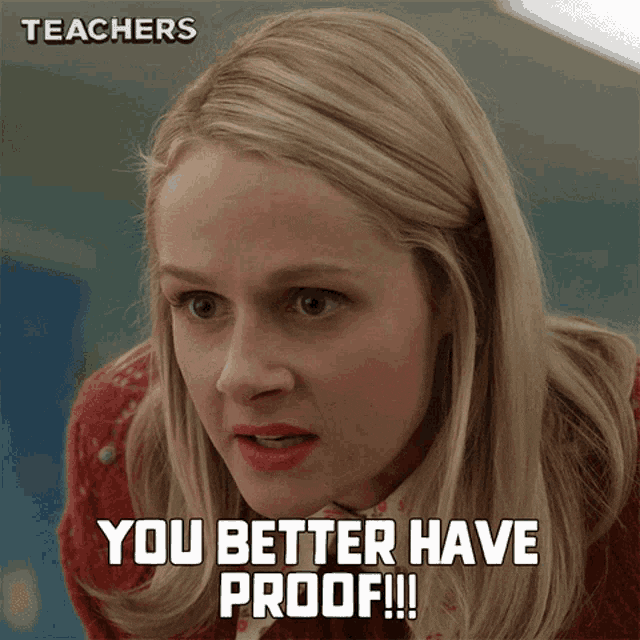
Sales Call Transcription: Why is it Important?
Transcripts are more than just a good laugh. They’re what makes your life ten times easier when you’re trying to close a deal. Not to mention, your UX team would certainly benefit when it comes to user research analysis, identifying trends and patterns, and presenting feedback to stakeholders in the most agreeable way possible. It all starts with transcripts.
Here are several of the benefits to keep in mind.
Record Keeping
What better way to keep records than literally recording? Sales call transcriptions provide a written record of conversations between sales reps and prospects. With tl;dv, that record will have speaker recognition too!
This documentation is crucial for legal and compliance purposes. If there’s ever any disagreements or disputes (touch wood), a transcript can serve as evidence to kill the problem before it grows into something ugly.
Training and Coaching
Training and coaching is an endless game of improvement. With call recordings, you can self-analyze your work and see what you could improve and make a note of what you’re doing really well. You can always find new insights on how to get better at selling. One of the common ways salespeople improve is by genuinely listening to their prospect’s needs and desires, making them feel respected and welcomed.
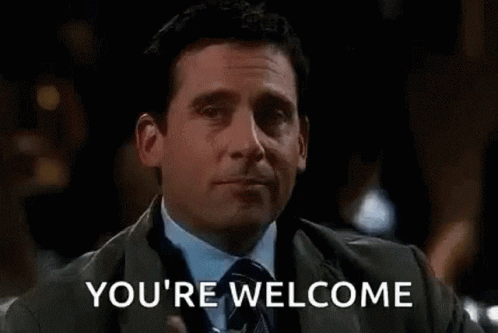
While it might sound obvious, the art of listening slips under most people’s radars. We’ve all answered the phone to cold calls before where the salesperson clearly doesn’t give a sh*t about you. It’s more common than you might expect. But all that means is that flipping it on its head and actually showing a genuine interest in the customer is all the more rewarding. The prospect will notice true authenticity, of that you can rest assured.
Using transcriptions to improve your skills is also good when it comes to your prospects’ different personalities. Everybody’s different, but more or less we fit into several categories. If you want to learn more about how to sell to different personalities, we have an entire article on exactly that here.
By reviewing transcripts and looking over past calls, you can reach a stage of sales training automation where it becomes second nature – just another part of your work routine.
Performance Evaluation
There’s no better way to review a sales rep’s performance honestly and objectively than with sales call transcriptions. When a sales manager joins the call, it’s awkward and adds pressure. When they go purely off statistics, it can be unreasonable or unfair. But when they watch sales call recordings and scan the transcripts, it’s both fair and doesn’t add the extra pressure or weirdness of an actual observer in real-time.
Managers can use transcripts to ensure sales reps are following the established script, adhering to best practices, and effectively communicating the value of your product or services.
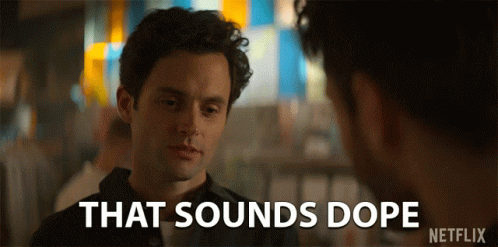
This can also double up with the point about training, as managers are able to identify strengths and weaknesses of the overall team and use clips from sales calls as examples when discussing them during training.
Content Creation
With a full transcript under your belt, you can create testimonials, quotes for blog posts or social media, and other marketing materials that will resonate with potential customers. People like to feel like they can see themselves using the product or service before they buy. With direct verbatim quotes, you can show future customers that your current customers were once in their shoes – and they don’t regret a thing.
While these can be easily scanned and searched via the tl;dv library on the transcript, this technique can be even more powerful when you use the actual footage of the prospect. Of course, get their consent before you use their image and voice in your marketing materials.
Sales Strategy Refinement
By analyzing transcriptions, you can refine your sales strategies and fine tune them for success. You can use tl;dv’s AI-powered search engine to find common objections, questions, or concerns raised by your prospects. If they’re all saying the same thing, it’s something that needs to be addressed. This can help you adjust sales processes, scripts, and materials accordingly.
Compliance and Quality Assurance
Similar to record keeping, it’s a good idea to have transcripts in regulated industries. In fact, they’re essential for making sure that sales reps are adhering to legal requirements and ethical guidelines. By consistently monitoring transcriptions, you can uphold the quality of interactions with potential customers and ensure that your calls are always to a high standard.
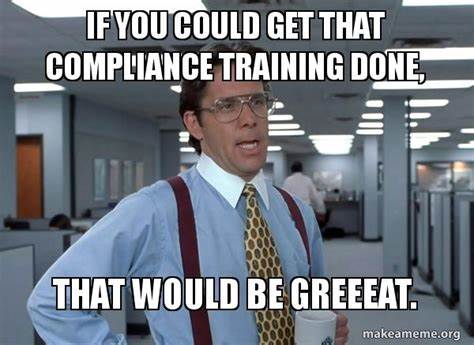
Historical Reference
While it’s easy to get caught up in the here and now, there’ll come a time where you have hundreds of transcripts at your fingertips. Instead of being overwhelmed by such a number, you can use tl;dv’s intuitive search function to find exactly what you’re looking for, no matter how big your library gets.
Over time, historical data builds up and you can paint a picture of how customer sentiment, preferences, and buying behavior has changed.
More specifically, you can look back over past calls with the same prospect in order to prepare a more personalized approach to follow-up calls. This goes for if your last call was three days ago or three years ago. Customers like to feel remembered: it makes them feel special. By scanning over the transcript of a past call with the same prospect, you can do exactly that.
Just For Fun
While you won’t be able to record all of these during sales calls, we thought it would be fun to have a look at some of the funniest things customers have said. It’s commonly said that the customer is always right, but anyone who’s ever worked in hospitality will know that this is not the case.
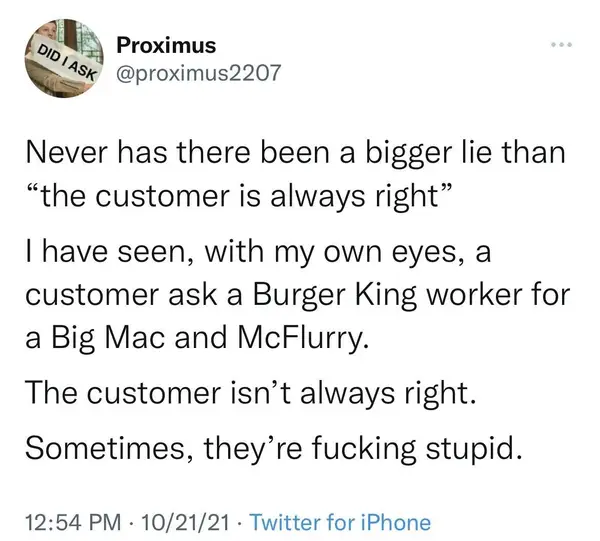
Source: Buzzfeed.
- “What’s the difference between a 14-inch pizza and a 16-inch pizza?” (Buzzfeed)
- “How do I know that this ice hasn’t been left out all day?”
“Because it’s still solid.” (Bored Panda) - “What kind of meat do you use to make your chicken wings?” (Buzzfeed)
- “You need to close all the windows before you shut your computer down.”
*proceeds to close all the windows in the house. “Should I close the doors too?” (CGS Inc) - “Can I have your email?”
“No? I have a gmail. I don’t even know what an email is.” (Buzzfeed)
Make the Most of Sales Call Transcriptions
Hopefully you don’t get prospects that are as clueless as the ones above during your sales calls, but if you do, take relief in the fact that you’ll have a copy of it to share with your colleagues afterwards.
Download tl;dv for Google Meet or Zoom and get started with unlimited free transcripts today.





